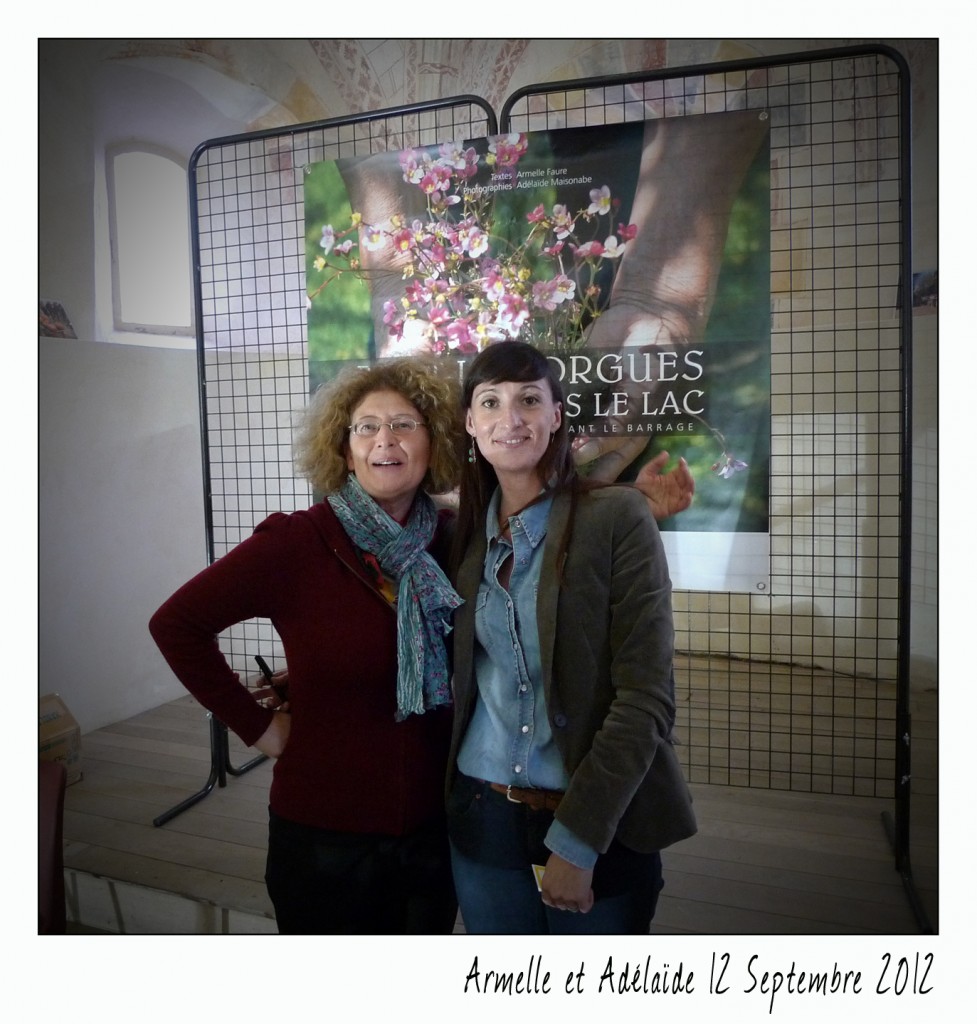Title: Bort-les-Orgues, les mots sous le lac. Récits et témoignages, Privat, 2012
Translation: Bort-les-Orgues, Words under the Lake: Words and Witness Accounts
Author: Armelle Faure
ISBN: 978-2-7089-8354-0
Available at: Éditions Privat & Amazon.fr
The dam of Bort-les-Orgues in France (a lake of 22 kilometers long on the Dordogne River) has displaced 140 families 60 years ago. The dam has always been considered as a feat of engineering, among the tallest dams in Europe at that time, but the rural families who lived there have been forgotten too long. 31 witnesses talk about the life that they had in their beloved side of the Dordogne, in their farms, with the cattle, and their social life after the end of WWII. When the three train stations that took people to Paris were drown by the artificial lake, they have lost their transport connections and all the commercial activities related. The aristocratic family d’Arcy had to abandon their medieval castle, as the productive farms, land and wood were destroyed. The château de Val stands on the side of the artificial lake, surrounded by the water. No one wanted to move far from their former settlement, although, with the submersion of the land, they had lost their farming activity. The 62 households of Port-Dieu have fought for the creation of a new village in Confolent, on the hill above the submerged Port-Dieu, in order to stay together. With the help of the prime minister Henri Queuille, they won they fight. The words recorded and transcribed in the book are very moving and they have a profoundly universal tone, both with dignity and emotion. The international norms have been built and improved along the XX°c. Today people are displaced and resettled with more effective planning and action. Development agents around the world can learn about the experience of the displaced people of the Dordogne Valley. They witnesses tell how important it is to listen to the needs of local communities and of individual households.
Last Updated (Monday, 8 April 2013)


